Character watches have been ubiquitous with playground fashion since the 1930s. Often dominated by the Disney cast, watch faces typically feature popular characters of the moment. I sported a manual wind Mickey Mouse watch in Second grade. I remember flashing it to a friend who in turn showed me his new Darth Vader watch. It was clear I had been bested.
Once Star Wars was released, R2-D2 and C-3PO et al. quickly replaced Mickey Mouse on the wrists of many children.
I don’t know if letters to Santa are still a thing. Do kids even write letters anymore? Maybe St. Nick is on Instagram. And frankly it’s getting harder just to find a physical copy of the Sunday Times anymore. Anyway, when printed media was still the main resource for news, many papers would print selected letters to Santa written by children that year for the entertainment of adults who were in on the farce. When read today these letters offer a window into popular trends of the time. Sadly the end of printed media has minor unexpected losses.
Below are several interesting examples of these printed letters from the holiday season of 1977 and 1978 which reflect the popularity of the newly available Star Wars watches.
Most interestingly, the history and evolution of the Star Wars character watches effectively narrates a nearly catastrophic chapter in the horologic industry. But we will get back to that.
Typically Lucasfilm licensing for a specific area of merchandising was granted exclusively to one vendor at a time. When it came to wristwatches, two companies were granted licenses simultaneously to create two very different kinds of timepieces, both marketing their wares as the “official” Star Wars watch.
The first company granted a license to produce Star Wars themed watches was an unconventional choice. In fact, it wasn’t a watch company at all. By 1976 Texas Instruments (TI), a scientific company known for making semiconductors and calculators, had just entered the electronic watch industry. TI saw the upcoming film as a great opportunity to feature their new products to a larger audience.
Coinciding with the premiere of Star Wars, TI released a series of electronic digital watches featuring scenes and characters from the film.
Employing the new quartz technology along with a Light Emitting Diode (LED) display, the watches contained no mechanical parts and seemed appropriately paired with the film as something from a different galaxy.
The first commercially available quartz watch was released only 5 years earlier in 1972. Produced by the Hamilton Watch Company, the revolutionary “Pulsar” which also brandished an L.E.D display retailed at the time for $2,100. Texas Instruments was successfully able to reduce the price point for their watches to under twenty dollars by creating a new inexpensive internal watch chip. This dramatic decrease in retail cost marked the first time that quartz watches were able to compete with mechanical watches in the marketplace. Costing around twenty bucks made these electronic watches competitive, but if you can sense the foreshadowing, further decreases in manufacturing costs were on the horizon causing great concern amongst the mechanical watchmakers of the world.
The Texas Instruments line consisted of 4 different watches handsomely packaged in Star Wars themed cases.
Texas Instruments reproduced the Hildebrandt poster art for the cardboard sleeve of their watch cases, making for a striking presentation.
Each watch style can be found in any of the package variations on the secondary market and may have initially sold this way.
Also available in Germany, the packaging can be found with German language graphics.
The face of each watch displayed a blank ruby red crystal surrounded by an array of familiar Star Wars themed art. The display lit up briefly flashing bright red numbers, giving the accurate time when a side button was pressed. A quick second press of the button would display the date. Holding the button down would display seconds.
A nifty sticker sheet was included with the 3 larger watches designed to customize the watch face and change out the art. The sticker sheet was printed with a black or white border.
Switzerland emerged from the Second World War as the major hub of international watchmaking. During the war, the United States along with other involved nations shuttered all non essential industries, including watchmaking, for the sake of the war effort. Taking advantage of the lack of competition, Switzerland greatly increased their watch workforce and production to fill the void left by their rivals who had ceased production.
Much as their watches, Switzerland became a well-oiled machine for watch production. After the war, companies from around the world would often produce their mechanical watches in Switzerland, taking advantage of the highly skilled workforce and available resources.
This held true for the first LED and LCD digital watches as well, including the Texas Instruments Star Wars watches. Each watch is clearly marked Swiss made.The collectible appeal of these watches is best appreciated while in their illustrated case. If you are considering buying one of these for use, beware. A nonworking watch is unlikely to require a simple battery change to get it running. Very often these watches will have significant battery corrosion and will be irreparable. Also be aware that the case of these watches is made from a plastic that has become quite brittle throughout the years. The cases are often cracked, and may break by simply removing the back cover.
That being said, I do have a functioning spare, and it is one of my favorite things to occasionally wear. It is remarkable how well it blends in with modern Apple watches. Most people don’t even give it a second glance.
The watch was designed to light up only briefly when the button is pressed. The power hungry LED mechanism required two large watch batteries that would quickly drain if the display remained lit.
The TI watches were heavily advertised in newspapers and catalogs. Below are some nice examples.
A large promotional program was created to advertise the Texas Instruments watches. Lucasfilm arranged for a fully costumed Darth Vader actor to be present at stores. The actor would give away autographed photographs. With the purchase of a watch a customer would also get a poster and a snazzy iron-on transfer to put on a t-shirt.
The Texas Instruments watches were also promoted in retail product mail-away offers and contests.
As revolutionary as the light emitting diode was, it was quickly replaced by a better, even cheaper technology which required far less battery power. The liquid crystal display ( LCD) soon supplanted the LED with its more familiar black digits on an indescribable tan/green colored background.
The LCD with its lower power demand allowed for a continuous display of the time and typically required only one smaller battery.Texas Instruments never produced any further Star Wars themed watches beyond the original four models. Although Texas Instruments did transition to LCD technology, their foray into watchmaking was at a close by the early 1980s.
The second company granted a license to produce Star Wars themed watches was a more conventional choice. Throughout the 1970s, the Bradley watch company, a division of Elgin, was the industry leader in producing character watches. Having acquired the license to produce Disney watches in 1972, Bradley successfully embraced the opportunity and greatly expanded the usual Disney offerings well beyond the archetypal Mickey watch. Many never before featured characters were introduced to the line and were offered in varying styles. By 1977, the Bradley watchmaking machine was primed and ready to take on Star Wars.
And boy did they.
Depending on how you account for minor variations there are between 50 and 60 unique Bradley Star Wars watches produced during the late 70s through mid 80s.
Rudolph Valentino was Director of Operations at the Bradley watch company during the 1970s and 1980s. He controlled all aspects of the Star Wars watch production including oversight of the art department. Known for his strong work ethic and boundless energy, Rudolph began working at Bradley watches in the 1960s at an entry level position and worked his way to the top within a few years. During his tenure Rudolph approached Lucasfilm with endless imaginative design concepts for watches and clocks. Although Lucasfilm ultimately approved many watch designs, they rejected far more designs than were ever produced.
Having a penchant for preserving and archiving, Rudolph kept the artwork and designs for many of the produced and unproduced timepieces. I had the pleasure of meeting Rudolph’s daughter Jamie Valentino. Having shared a very close relationship with her father, Jamie was able to share many of the details included in this article about Bradley watch production history.Despite the fact that Bradley produced a diverse variety of Star Wars themed watches, six models remain pervasive in the secondhand marketplace and were clearly produced in a much larger quantity as compared to the other models. When collecting these watches, it’s hard not to stumble over dozens of a common model for every scarce one that is found. As we go through the individual models, "the inescapable six" will be pointed out.
Bradley produced two different official Star Wars watches in 1977. Both are manual wind and contain reliable jeweled mechanisms, and much like Texas Instruments, were available in different kinds of packaging.
Marketed as Swiss made and initially manufactured in Switzerland, these watches are frequently found in working condition just awaiting to be wound up and worn. Later in their run, Bradley relocated much of its watch manufacturing to Hong Kong. As both manual and electronic watch manufacturing were becoming cheaper to produce in Asia. Jamie recalled that choosing or changing manufacturing locations were financial decisions. After a watch design was completed and ready for manufacture, the design was presented to different international watch manufacturers for the best production bid. Even for the same watch, movements, cases and bands were often made by different manufacturers and were then assembled together by Bradley. This likely accounts for the many slight variations of the same watch appreciated by collectors. The Hong Kong made mechanisms are more hit or miss but are often functional.
Available in both adult and children’s sizes, both models proved to be very popular and were manufactured for several years with little change. They were the only two watches available from Bradley during the years 1977-1980. Both are members of the inescapable six.
Both watches can be found cased or in a plastic satchel.
Lucasfilm would review catalogs and advertising. They would offer harsh critiques if their watches were not prominently featured or copyright details were incorrect, as per Jamie.
Four unique designs were created for the German market which include German graphics.
By 1980, Bradley was granted the sole licensing rights to produce both mechanical and electronic watches.
For the release of The Empire Strikes Back, Bradley premiered its first two electronic LCD Star Wars watches. Following their earlier release protocols, one watch featured the familiar droids R2-D2 and C-3PO, and the second, marketed for the more sinister children, featured Darth Vader. Both watches were available in adult and child sizes and have noted variations. Both watches are also members of the inescapable six and were produced for several years. Unlike their LED predecessors, the Bradley LCD watches rarely suffer from battery corrosion and usually will work after a battery change.The 1980 line also included watches featuring Yoda, a new character from The Empire Strikes Back.
As the new decade emerged, the 80s began to demonstrate a more geometric, streamlined shift in taste. Bradley responded to these changes by re-working existing designs and creating new designs with an updated aesthetic, as per Jamie.
The best-selling manual wind Darth Vader watch previously released in 1977 was re-released in 1980. The newer version features a slender orange triangular shaped second hand and a bulky black plastic pseudo-link band, easily propelling the design forward for a new era. The enlarged black plastic case also features a bezel with planets and stars to mark the indices. The cases are fashioned from cycolac, a strong durable ABS resin also used to manufacture LEGO bricks.
Further advances in technology allowed for added complications to the mechanisms. By 1982 musical alarms were included in some of the new releases.
Bradley introduced radio watches in 1982 complete with headphones.
New characters from the release of Return of the Jedi were featured in the 1983 line.
One final watch was released for the Droids animated series in 1985.
Zeon, a watch company out of the U.K., produced one vintage watch in the early 80s. Complete with calendar, musical alarm and stopwatch, it also boasts one of the most striking designs of the vintage lines.
Sparked by the popularity of the licensed timepieces, bootlegged watches began to appear on the market in the early 1980s. Unencumbered by Lucasfilm restraints, these watches offer a unique charm that is easy to appreciate.
While several of the watches are a clear attempt to closely mimic their licensed counterparts, many of the watches offer unique imagery that would have never met approval.
These watches can be found with multiple slight variations in lithography and band color. They also feature key characters which were omitted in the licensed lines.
The emergence of electronic watches and their ever cheaper cost of production had a devastating effect on Swiss watch manufacturing. This coupled with less expensive mechanical watches coming out of Asia led to the shuttering of the majority of watch companies in Switzerland. By the early 80s, two thirds of the Swiss watch workforce was unemployed.
Termed the "quartz crisis," this turn of events seemed to be the death knell for traditional mechanical watches.
The Swatch Group, as it is now known, singlehandedly resurrected Swiss watch manufacturing. Currently the largest watchmaker in Switzerland, Swatch has continued to expand over its four decade history acquiring luxury watch brands including Omega, Longines, Rado, Blancpain, Breguet, Harry Winston, Mido, Tissot, Certina, Glashutte, Mido, ETA and Hamilton.
Appreciative of the franchise and the phenomenon of the Star Wars watch, Swatch released the “Dark Vader” watch as part of their 1988 line.Bradley produced an array of clocks with Star Wars theming. The “quartz talking alarm clock” was released in 1980 featuring messages delivered by an English voice actor that was clearly not Anthony Daniels. After a few beeps from R2, C-3PO responds, “What R2-D2 is saying is that you have to get up right away!” If the first message didn’t prompt activity, R2 would resume beeping and C-3PO would continue with, “R2, you shouldn’t be so polite, this little Rebel is going to be late!” Complete with nicely sculpted figures of the droids, the clock is a real winner.
The 1980 release included the Empire Strikes Back logo on the side panel to coincide with the release of the film.
A Return of the Jedi sticker was added to the box to coincide with the release of the film in 1983.
Later released clocks have the Star Wars logo on the side panel.Two handsome wall clocks were released in 1981. Both were available with either a battery powered mechanism or a corded version.
1982 saw the release of a new tabletop clock.
The box was updated with a Return of the Jedi logo banner in 1983 to coincide with the release of the film.
Kenner produced two table clocks in a very limited quantity. Partnered with Junior Achievements, these clocks were assembled by children and sold door to door to encourage entrepreneurship. To read more about the program, check out this previous post.
An unlicensed line of manual wind alarm clocks were produced in Mexico. Branded with a Spanish Star Wars logo, they do not appear to have been meant for export. They each feature distinctive hand drawn art.
Star Time Music Series was a line of wall clocks that upcycled overstock picture discs for the subject of their clocks. The Star Wars Story picture disc was included in their collection.
The last timepiece featured in this article remains a mystery. Manufactured with era appropriate materials, this clock appears to be of a late 1970s vintage. Whether a one-of-a-kind homebrew or a survivor of an unlicensed line, it remains one of my favorite things and hangs in my kitchen.
Thank-You to my dear friend Ron Salvatore for continuously inspiring and encouraging me. This article would not have happened without you. You are a true kindred spirit.
Thank-You to Jamie Valentino for freely sharing her Father’s legacy and history at Bradley.
Thank-You to Anthony Damata for sharing his collection and insights. Anthony has been cataloguing Star Wars themed watches for many years. You can check out his impressive collection at www.restrainingbolt.com.
A heartfelt Thank-You to all of the photo contributors.
Thank-You to Steve Danley for editing, publishing and helping me navigate the Archive.





.PNG)






.PNG)
.PNG)
.PNG)
.PNG)
.PNG)
.PNG)
.PNG)
.PNG)
.PNG)
.PNG)

.jpg)

.PNG)
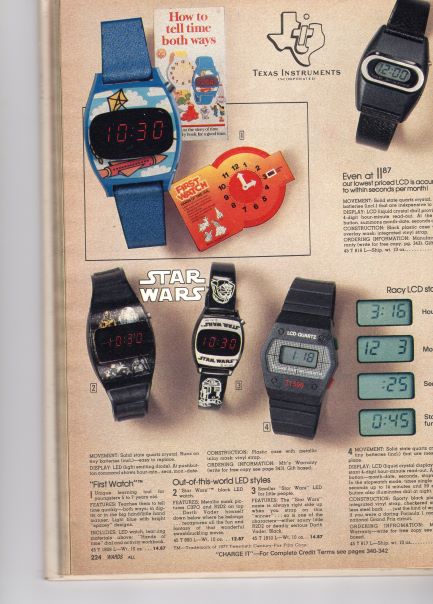
.PNG)

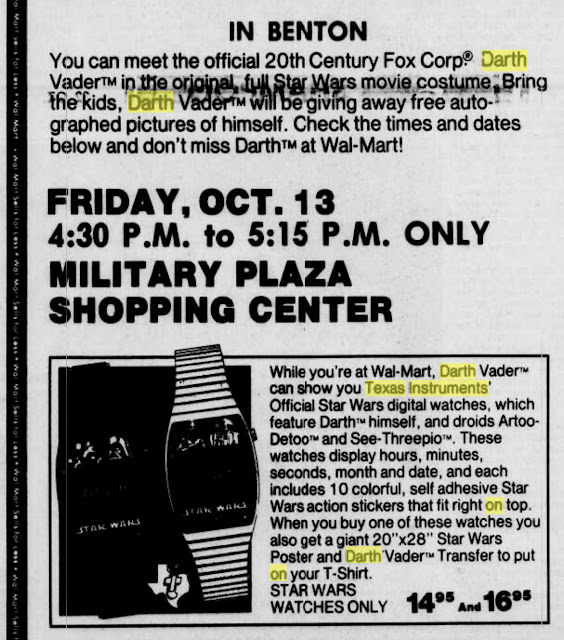





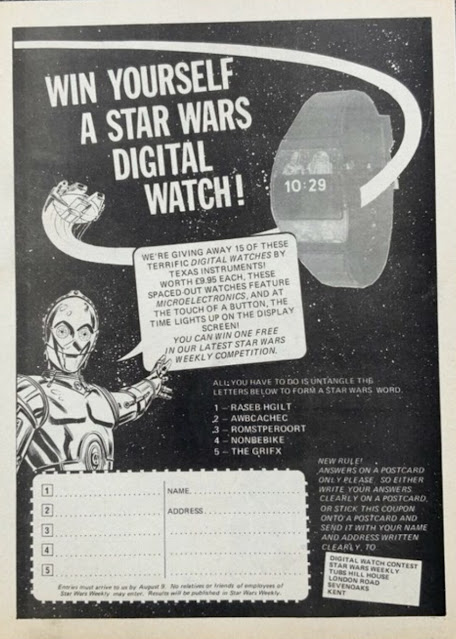





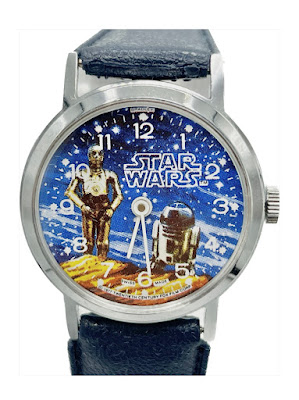




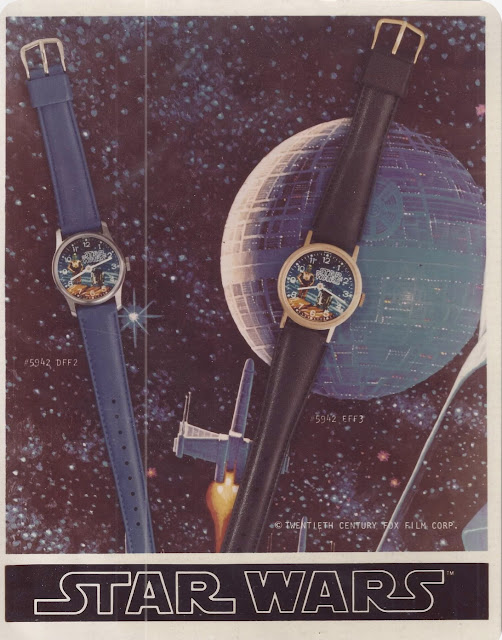
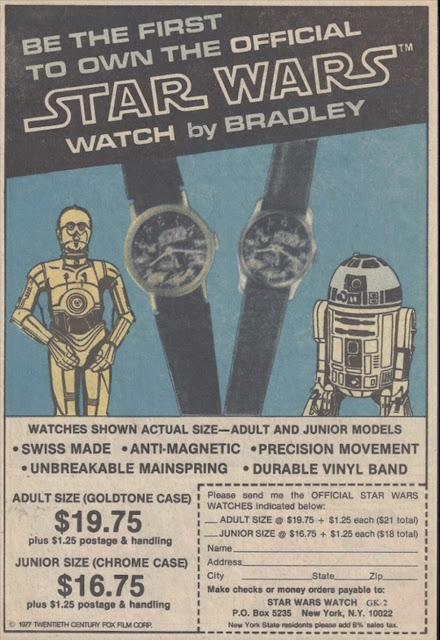






.PNG)


.PNG)




















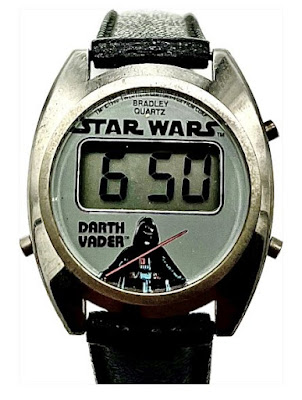

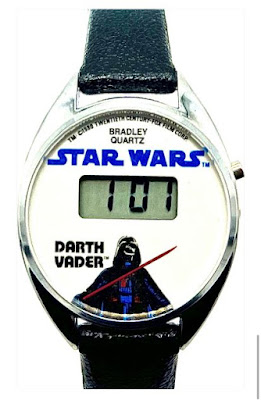
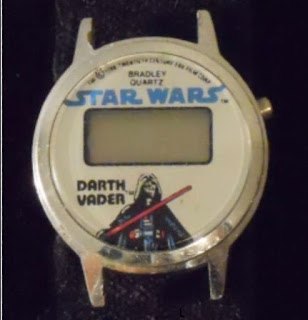










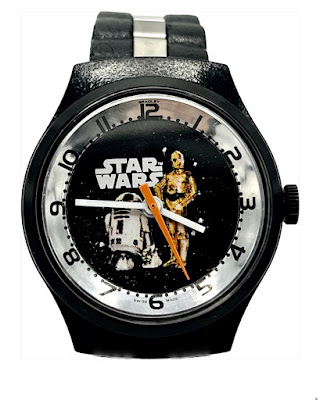














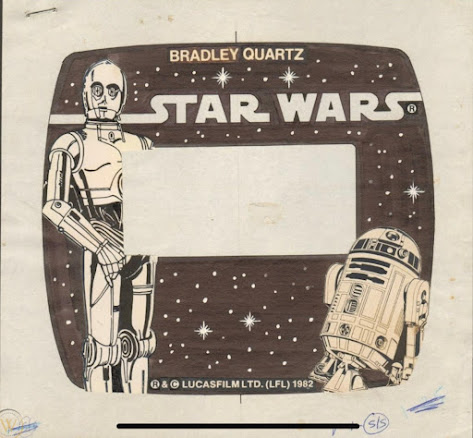













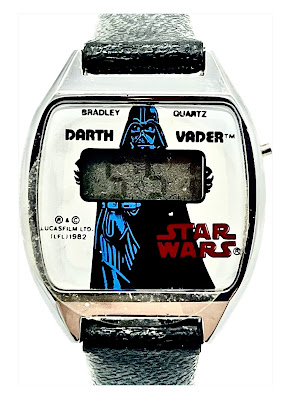








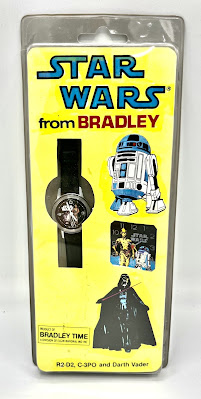
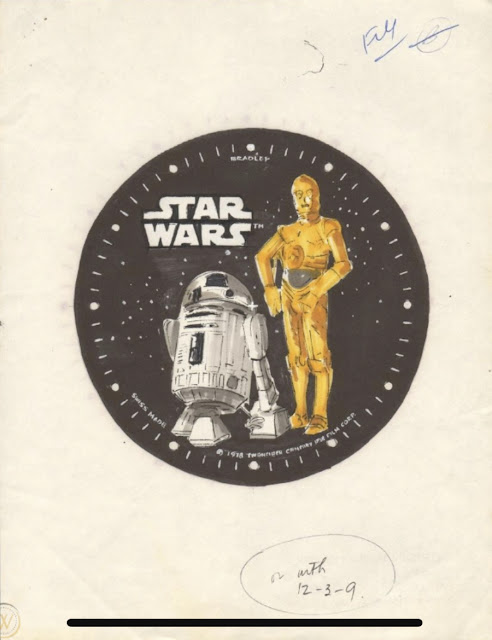































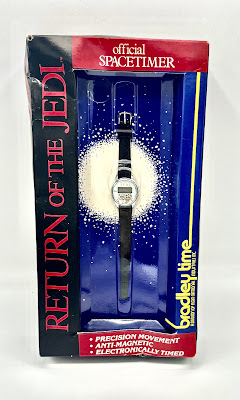


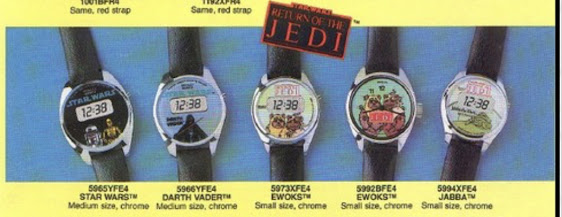

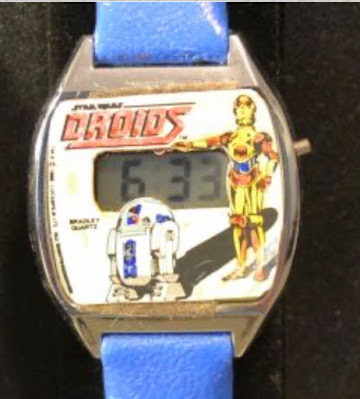




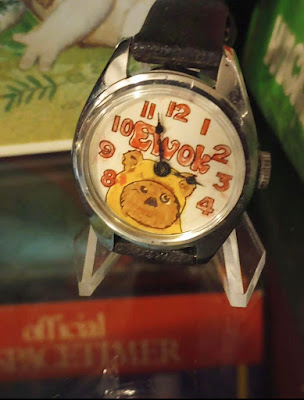




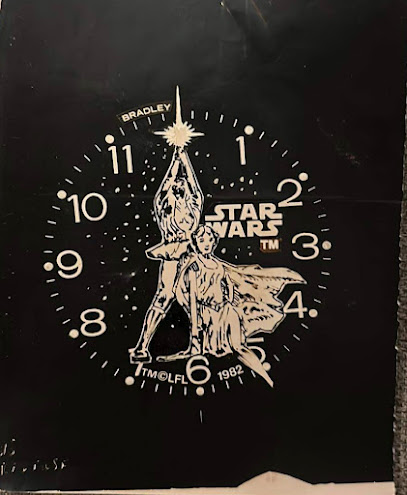
















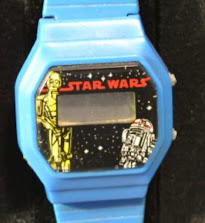




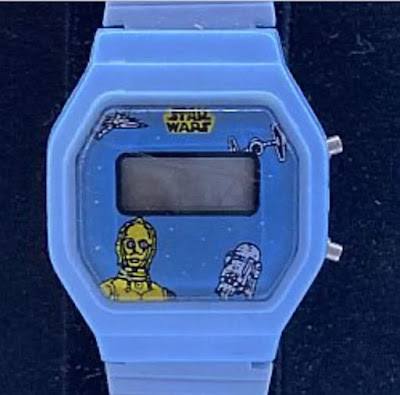























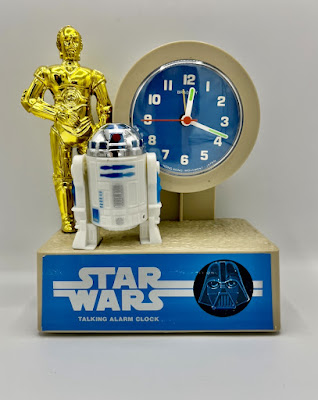










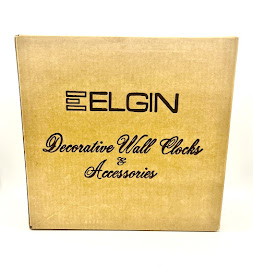

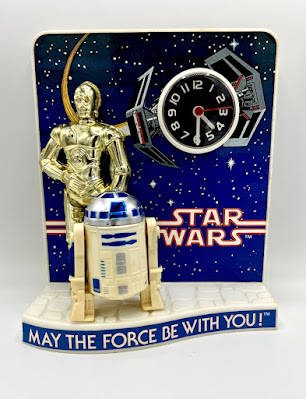


.jpg)


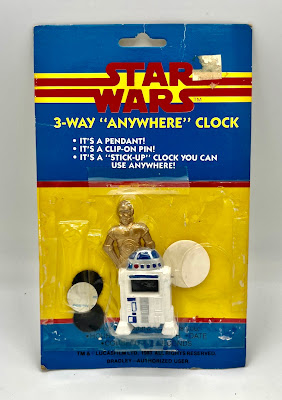









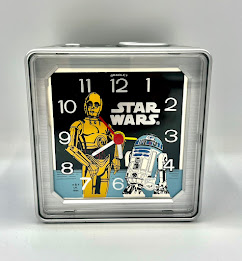


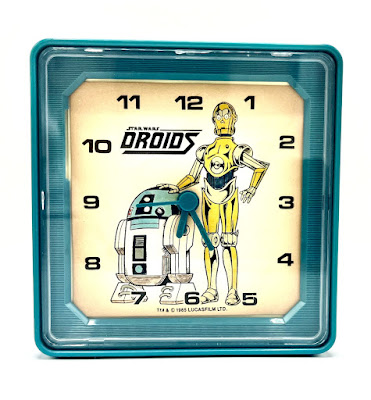
























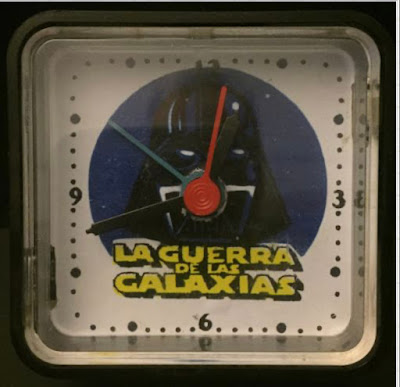


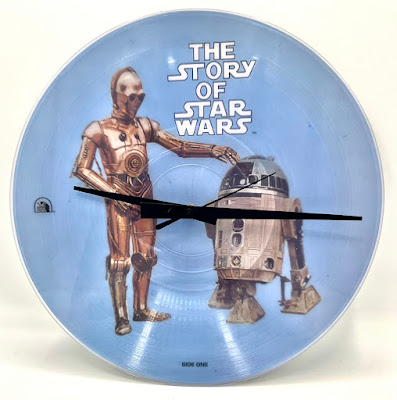


No comments:
Post a Comment